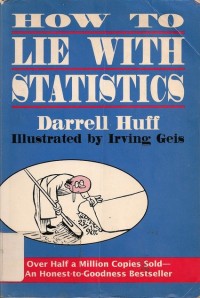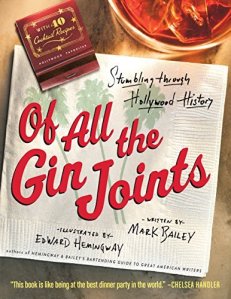
Cholera : The Biography
History is much more than naming Kings, Presidents, and Generals. In “Cholera : The Biography” Christopher Hamlin looks at the ‘life’ of the disease that came to be known as Cholera and along the way manages to show us the development of medical science over the last two hundred years. Before Cholera there was cholera, western medicines name for the “stomach flu”, a 24 hour bout of diarrhea. In 1817 British physicians serving in colonial India noticed a new cholera. It came on with a feeling of unease then came violent vomiting and diarrhea, muscle cramps, the patient’s skin became bluish and their heartbeat unsteady and, in most cases, they died, all with within a single day.
Western medicine, essentially the same medicine practiced by Hippocrates and Galen in ancient Greece, saw disease as the imbalance of the bodies “humors” brought on by foul odors, a change in the air, or sin. Vomiting and diarrhea were good things, the body trying to restore balance. Cholera in India was obviously a result of “filth”, a catchall term for “not like us”. As cholera came closer to Paris and London, it became clear, to the physicians of Paris and London, that the cause was less “filth” and more the judgement of God.
Hamlin covers the changing attitudes toward cholera, the evolving and devolving of cholera treatment by physicians as they groped for treatments and causes and fought to maintain their status and egos. He also looks at the range of government responses to the epidemics, dancing between protecting population and protecting trade.
Cholera was the subject of what was possibly the first “disease biography”, Norman Longmate’s “King Cholera : The Biography of a Disease”, in 1966 and has been featured in other medical histories since then. I now understand why. It spans, and may have helped initiate, the scientific revolution in medical science. At the time Longmate wrote his work Cholera was seen as defeated. We had treatments, we knew the cause of it, we had preventive measures that worked. However the physicians of 1817 also knew that disease was brought on by foul odors, a change in the air, or, possibly, sin. Advances in medical science since the 1960s have changed our medical understanding as much as it changed between 1817 and 1960.
Hamlin’s writing is often fun to read, as when he is explaining how the authorities believed that since “a feeling of unease” was the first symptom reported they believed that a “feeling of unease” may be the cause of cholera. “Worry about fear (or fear of worry) was often at the heart of these {governments}efforts. You might make hysteria a crime, as McGrew notes of Russia, but any attempt to stop it would cause it.” A little science background helps but is not really necessary. At times having a strong stomach helps, there is much discussion of fecal-oral transmission and, obviously, diarrhea.
I learned quite a bit about the advancement of science in the 19th and 20th centuries from this book. Even better I came to understand the present day better after Hamlin compared the debate over the causes of cholera to the climate change debate. Neither side is likely to be convinced until the other essentially proves a negative. “Cholera : The Biography” is perhaps the most enlightening history I have read in the last year and with Ebola in the news seeing how difficult it is to quarantine a disease and how economics and ego can put ahead of public health is cause for concern.





